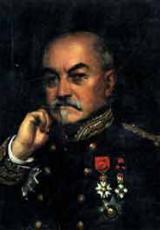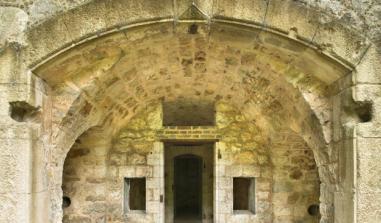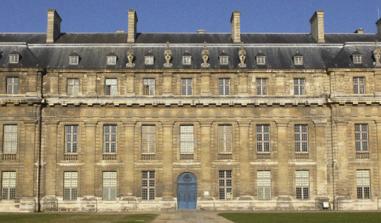The Fort at Champigny-sur-Marne
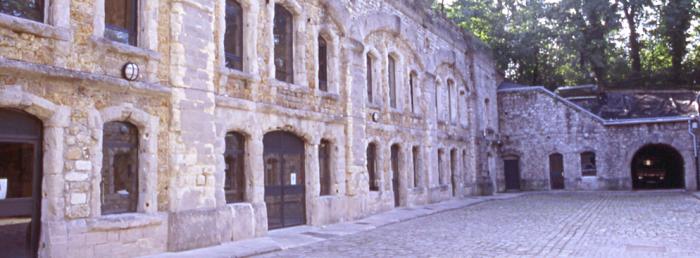
Le fort de Champigny-sur-Marne. Source : http://www.tourisme-valdemarne.com/
Built after the war of 1870, the fort is part of the first defensive belt of Paris. It is arranged like a "Séré de Rivières" type fort.
Built after the Franco-Prussian war of 1870-1871, the Fort at Champigny-sur-Marne was intended for the protection of the capital. It forms part of the first defensive network designed by Séré de Rivières. It was built between 1878 and 1880 and has a surface area of 4 hectares. Its position was determined by lessons learned from the war: in December 1870 the Prussians had established two batteries just to the west of this site. Listed as of secondary importance by the legislation of 1874, its role was to block the railway line towards Troyes and to occupy the position of the Prussian batteries of 1870.
This fort with a central section is made up of a front, two flanks and a gorge. The trench, which is edged by a counterscarp and a semi-detached scarp, is separated by two caponiers, a basic one and one with a gorge. The ridge of the rampart is intersected by 13 cross sections, 6 of which have shelters. One of the northern cross sections houses the powder magazine (capacity of 80 tonnes). A passage underneath one of the southern cross sections was built in such a way as to serve as a casemate against indirect fire. The trench is crossed by a wooden bridge, but the entrance hall can be closed off by a retractable bridge and an armour-plated door.
The barracks enclose a cobbled courtyard. Half of it was housed on the ground floor, with men and sub-officers on the first floor, making a total capacity of 388 men, in addition to a cistern and various magazines. The guardhouse at the entrance is attached to the western part of the barracks, where officers were housed. The vaults are built of rough stone. The floors between levels are in brick. The 1911 project allowed 4300 Euros for modernisation works. Three concrete shelters on the ramparts, two machine-gun turrets and observation points were to be established. In 1914, the fort held no more than 10 cannons on the ramparts and 10 in the caponiers.
During the First World War its batteries, armed with ten 12 to 15 cm weapons, fired across the Avron plateau. The quarries were used to shelter troops, provisions and an ambulance. From 1939 to 1940 the fort was occupied by anti-aircraft defence units. There was a fire in the barracks in July 1944. The fort was declassified in 1965 and handed over to the land administration department in 1974. It was registered by ministerial decree on the 16th May 1979 on the Secondary List of Historical Monuments. Since 1984, it has been undergoing restoration.
Fort at Champigny-sur-Marne 140 bis, rue Aristide-Briand 94430 Chennevières-sur-Marne Tel.: 01.45.94.74.74 e-mail: communication@ville-chennevières.fr Bus stop: "Fort de Champigny" Guided tours Saturdays and Sundays 3 pm to 5 pm Free entry
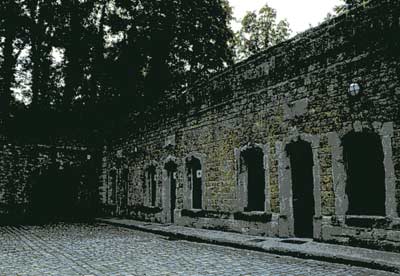
The fort's internal courtyard. Source: DMPA/SHD
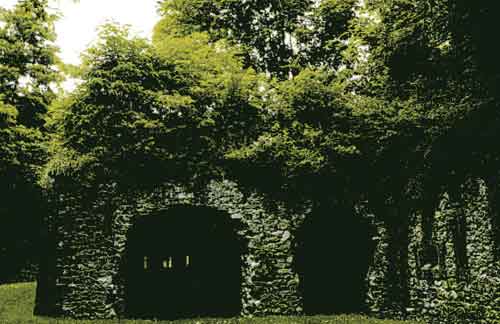
Moats. Source: DMPA/SHD
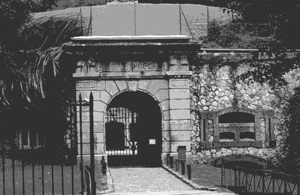
Entrance to the fort. Source: DMPA/SHD
Practical information
140 bis, rue Aristide-Briand 94430
Chennevières-sur-Marne
Tél.: 01.45.94.74.74
Le fort se visite lors des journées du patrimoine uniquement


